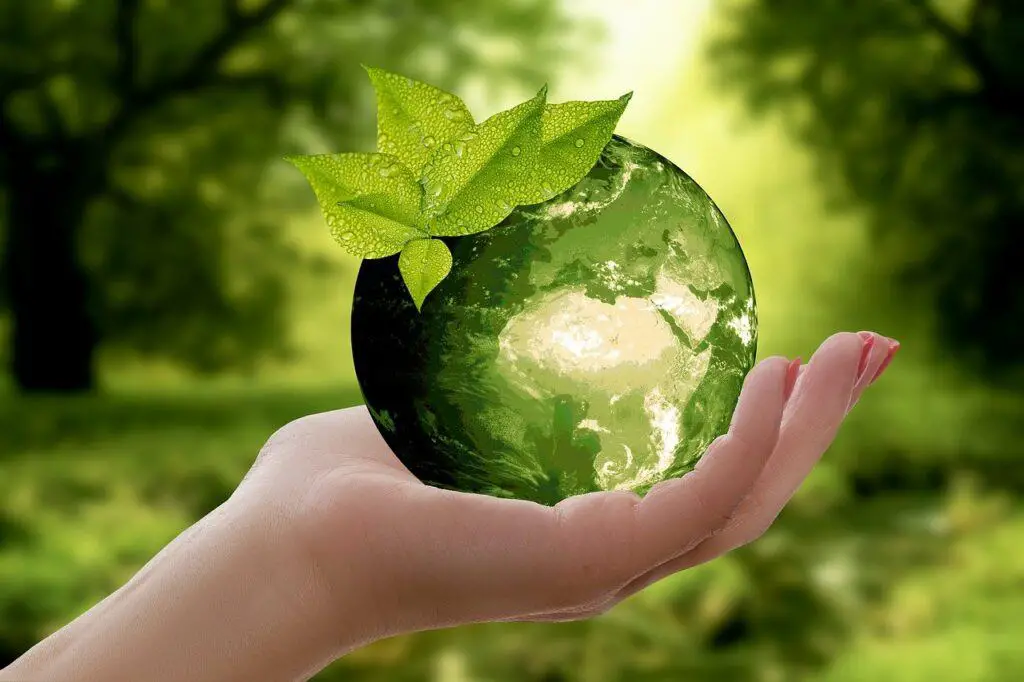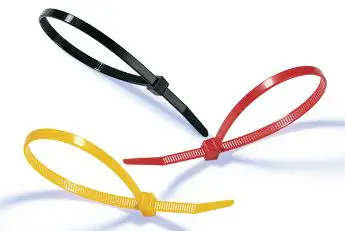Contents
- 1 Introduction: The Rise of Orbeez in Playtime
- 1.1 The Composition of Orbeez: Breaking Down the Material
- 1.2 Exploration of Sodium Polyacrylate: The Magic Behind Orbeez
- 1.3 Properties and Uses of Sodium Polyacrylate: From Diapers to DIY Fun
- 1.4 Environmental Considerations: The Downside of Non-Biodegradability
- 1.5 Non-Biodegradability: A Closer Look at Persistence
- 1.6 Examination of Non-Biodegradability: Orbeez and the Everlasting Dilemma
- 1.7 Insights into Environmental Concerns: Orbeez and the Plastic Waste Conundrum
- 2 Consideration of Longevity: Orbeez as Enduring Particles in the Environment
- 3 Exploring Risks Associated with the Lifecycle: Environmental Footprint
- 4 Wildlife Concerns: Balancing Play and Preservation
- 5 Sustainable Alternatives: Navigating Towards Eco-Friendly Choices
- 6 Conclusion: Striking a Balance for a Greener Playtime
Introduction: The Rise of Orbeez in Playtime
In the vibrant landscape of play and creativity, Orbeez has surged in popularity, becoming a staple in sensory play and do-it-yourself (DIY) activities. These tiny, water-absorbent beads have captivated the imagination of children and adults alike, offering a unique and squishy tactile experience. However, as the allure of Orbeez continues to grow, so does the scrutiny surrounding their environmental impact. In this exploration, we embark on a journey to unravel the dual narrative of Orbeez—celebrated for their entertainment value and questioned for their potential harm to the environment. As we navigate the colorful world of Orbeez, the central question emerges: “Are Orbeez bad for the environment?”
The Composition of Orbeez: Breaking Down the Material
Orbeez, those captivating water-absorbent beads that bring joy to playtime, owe their unique properties to a key ingredient—sodium polyacrylate. Let’s delve into the composition of Orbeez, unraveling the mysteries behind the primary material and examining how sodium polyacrylate shapes the sensory experience.
Exploration of Sodium Polyacrylate: The Magic Behind Orbeez
At the heart of every Orbeez bead lies sodium polyacrylate, a superabsorbent polymer renowned for its remarkable water-absorbing capabilities. This compound has become a staple in various industries, finding application in products like diapers and gardening soil due to its ability to retain large amounts of water.
Properties and Uses of Sodium Polyacrylate: From Diapers to DIY Fun
Sodium polyacrylate possesses properties that make it a sought-after material for diverse purposes. Its incredible absorbency, surpassing that of traditional materials, has led to its inclusion in diapers to enhance their moisture-absorbing capabilities. In the realm of gardening, it is used to improve water retention in soil.
Environmental Considerations: The Downside of Non-Biodegradability
While sodium polyacrylate serves admirably in fulfilling its intended functions, the environmental impact of Orbeez becomes a point of concern. The non-biodegradable nature of sodium polyacrylate means that Orbeez, if not handled responsibly, contributes to the broader issue of plastic waste accumulation.
As we dissect the composition of Orbeez, the role of sodium polyacrylate becomes evident in shaping their unique characteristics. Yet, with this understanding comes the realization that the environmental impact of these playful beads is intricately tied to the properties of their primary material. Join us in the next section as we explore the implications of non-biodegradability and the lifecycle of Orbeez.
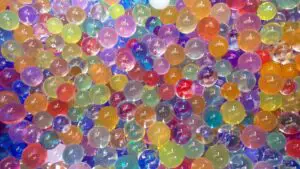
Non-Biodegradability: A Closer Look at Persistence
As we unravel the composition of Orbeez and delve into the realm of sodium polyacrylate, a critical aspect emerges—non-biodegradability. The inherent inability of Orbeez to break down naturally raises profound questions about their persistence in the environment, contributing to broader concerns about plastic waste.
Examination of Non-Biodegradability: Orbeez and the Everlasting Dilemma
Orbeez, crafted from sodium polyacrylate, exhibit a non-biodegradable nature, meaning they do not undergo the natural decomposition processes that organic materials do. Unlike leaves or food scraps that return to the earth over time, Orbeez persists in their original form, presenting a challenge when it comes to their lifecycle management.
Insights into Environmental Concerns: Orbeez and the Plastic Waste Conundrum
The non-biodegradable characteristic of Orbeez places them squarely within the realm of plastic waste, a pervasive environmental challenge. When not disposed of responsibly, Orbeez contributes to the growing issue of plastic pollution, posing potential threats to ecosystems, wildlife, and aquatic environments.
Consideration of Longevity: Orbeez as Enduring Particles in the Environment
The longevity of Orbeez extends beyond their time of use in playful activities. Once introduced into the environment, their persistent nature allows them to endure for an extended period. This longevity raises questions about the cumulative impact of Orbeez, especially when their numbers grow, and their presence becomes widespread.
As we scrutinize the non-biodegradable nature of Orbeez, we confront the reality of their enduring presence in the environment. The next section delves into the potential lifecycle of Orbeez, exploring whether these seemingly innocuous beads might transform into smaller particles, further complicating their environmental footprint.
Microplastics in the Making: Understanding the Lifecycle
As we navigate the intricate landscape of Orbeez and its environmental impact, attention turns to the potential transformation of these colorful beads into smaller particles, raising concerns about the emergence of microplastics. Let’s embark on a journey to explore the lifecycle of Orbeez, analyzing the risks associated with their potential degradation.
Analysis of Potential Degradation: Orbeez Breaking Down
The lifecycle of Orbeez introduces the possibility of degradation, wherein these water-absorbent beads may break down into smaller particles over time. This process could be influenced by various environmental factors, including exposure to sunlight, moisture, and other external elements.
Implications of Microplastics in Ecosystems: A Silent Menace
Should Orbeez succumb to degradation, the resulting smaller particles transition into the realm of microplastics. Microplastics, defined as tiny plastic particles measuring less than five millimeters, pose significant implications for ecosystems, water bodies, and wildlife. Their diminutive size allows them to infiltrate various environments with potential consequences.
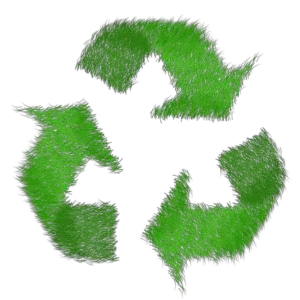
Exploring Risks Associated with the Lifecycle: Environmental Footprint
The potential lifecycle of Orbeez, from their introduction into the environment to the risk of becoming microplastics, underscores the need to consider the broader environmental footprint. Understanding the risks associated with this lifecycle is crucial for assessing the long-term impact of Orbeez on ecological systems.
In the next section, we delve into responsible disposal practices and the role individuals play in mitigating the potential environmental risks posed by Orbeez. Understanding the intricacies of their lifecycle enables us to make informed choices that balance the joy of play with environmental stewardship.
Proper Disposal Practices: Mitigating Environmental Impact
As the potential environmental impact of Orbeez comes into focus, the crucial step toward responsible use lies in understanding and implementing proper disposal practices. By taking mindful actions, individuals can play an active role in mitigating the environmental harm associated with these water-absorbent beads.
Proper disposal of Orbeez involves making informed choices at the end of their useful life. Instead of haphazardly discarding them, users should consider disposing of Orbeez in a manner that aligns with local waste management guidelines. This may include placing them in regular trash bins or following specific instructions provided by local authorities.
Emphasis on Local Waste Management Guidelines: A Collective Responsibility
Adhering to local waste management guidelines is paramount in ensuring that Orbeez does not contribute to environmental challenges. Municipal waste disposal systems are designed to handle different types of materials appropriately. By following these guidelines, individuals contribute to the collective effort to manage waste responsibly.
Encouragement for Users: A Call to Environmental Stewardship
Users of Orbeez are not mere bystanders; they are integral to the chain of responsibility in mitigating the environmental impact. By embracing environmental stewardship, individuals can consciously choose sustainable options, explore biodegradable alternatives, and educate others about the importance of proper disposal practices.
In the subsequent section, we address wildlife concerns associated with Orbeez, highlighting the potential risks these water beads pose to animals and ecosystems. By understanding the importance of containment and responsible disposal, individuals can contribute to a healthier and more sustainable environment.
Wildlife Concerns: Balancing Play and Preservation
While Orbeez adds an element of joy to playtime, it’s essential to acknowledge the potential risks they pose to wildlife and ecosystems. Understanding these concerns underscores the importance of responsible containment and disposal practices to protect animals and maintain environmental balance.
Highlighting Potential Risks to Wildlife: The Invisible Threat
Orbeez, when released into the environment, can become an inadvertent threat to wildlife. The vibrant colors and enticing appearance may attract animals, leading to ingestion or entanglement. This poses risks to both aquatic and terrestrial creatures, potentially disrupting ecosystems.
Addressing the Importance of Containment: Preventing Unintended Consequences
Containing Orbeez and preventing their release into the wild is crucial for safeguarding wildlife. Proper containment measures, such as using them in controlled environments and avoiding outdoor use in areas accessible to animals, reduce the likelihood of unintended consequences.
Advocating for a Balance: Enjoying Orbeez Responsibly
Balancing the enjoyment of Orbeez with environmental preservation requires a conscious effort. Advocacy for responsible use, containment, and disposal aligns with the broader goal of harmonizing play with the well-being of our ecosystems. By finding this equilibrium, individuals can contribute to a healthier coexistence between the joy of play and the preservation of nature.
As we move forward, the exploration delves into sustainable alternatives, offering insights into eco-friendly choices that maintain the delight of play while minimizing the environmental impact. By understanding the risks and actively participating in responsible practices, individuals can ensure a more sustainable and harmonious relationship between Orbeez and the natural world.
Acknowledging the environmental concerns associated with traditional Orbeez, the quest for sustainable alternatives becomes a pivotal step in harmonizing the joy of sensory play with eco-friendly choices. Let’s explore alternative options that prioritize biodegradability and natural materials, with a special focus on the eco-friendly charm of reusable water beads.
Introduction to Biodegradable and Natural Alternatives: A Greener Palette
Embracing sustainability in sensory play involves exploring alternatives crafted from biodegradable or natural materials. These alternatives present an eco-friendly palette that aligns with the principles of environmental stewardship, providing a guilt-free and joyous play experience.
Discussion of Reusable Water Beads: The Eco-Friendly Charm
Reusable water beads emerge as a standout choice among sustainable alternatives. Crafted with a commitment to eco-friendliness, these beads often boast biodegradable or environmentally conscious materials, offering the same squishy delight without the long-term environmental impact.
Encouraging Users to Explore Sustainability: A Call to Action
Empowering users to make environmentally conscious choices is integral to fostering a sustainable mindset. By encouraging exploration and experimentation with alternative options, individuals can actively contribute to reducing the ecological footprint associated with sensory play.
As we conclude our exploration, the journey wraps up with a call for mindful choices and responsible actions. By opting for sustainable alternatives, individuals can revel in the joy of play while ensuring a brighter and more sustainable future for our planet.
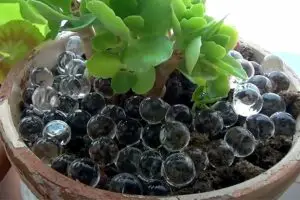
Conclusion: Striking a Balance for a Greener Playtime
In the vibrant world of play and imagination, the journey through the environmental landscape of Orbeez has been one of exploration and contemplation. As we wrap up our investigation into the impact of these colorful water beads, it’s crucial to reflect on the key environmental considerations and the imperative of making conscious choices for a greener playtime.
Summarizing Environmental Considerations: Orbeez Unveiled
Orbeez, with its sodium polyacrylate composition, brings joy to playtime but comes with environmental considerations. The non-biodegradable nature, potential degradation into microplastics, and the associated risks to wildlife underscore the need for a nuanced understanding of their impact.
Emphasizing the Need for Conscious Choices: Play Responsibly
The joy of play is inseparable from the responsibility to the environment. The non-biodegradable nature of Orbeez places the onus on users to make conscious choices. From proper disposal practices to containment and exploration of sustainable alternatives, every decision plays a role in minimizing the ecological footprint.
As we bid farewell to our exploration of Orbeez and its environmental implications, the final call is one of environmental stewardship. The collective responsibility to preserve and protect our planet extends to the realm of play. By embracing eco-friendly choices, advocating for responsible practices, and fostering a deeper connection with the environment, individuals can contribute to a greener and more sustainable playtime.
In the intricate dance between play and preservation, the conclusion serves as a reminder that every squishy, colorful bead holds the potential for both delight and impact. Let us, as stewards of the Earth, tread lightly in our play, leaving behind a legacy of conscientious choices and a commitment to a harmonious coexistence between playtime and the planet.

